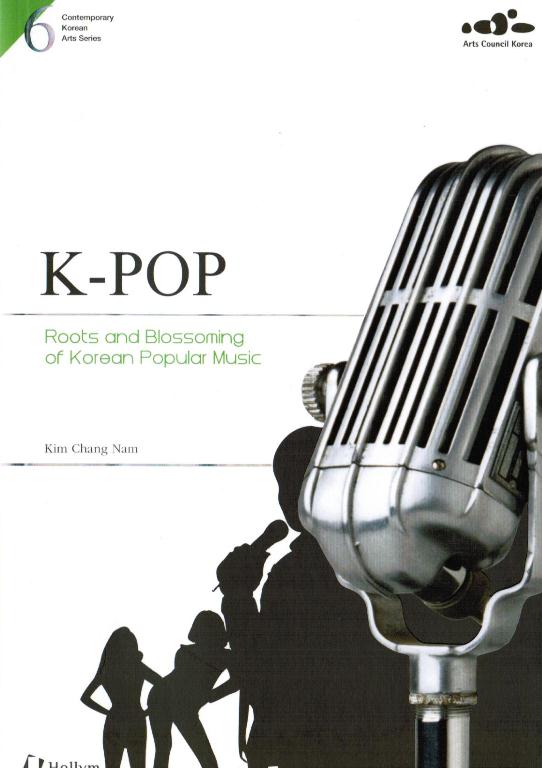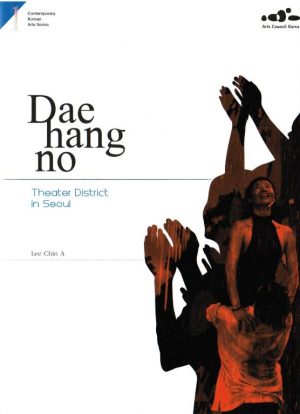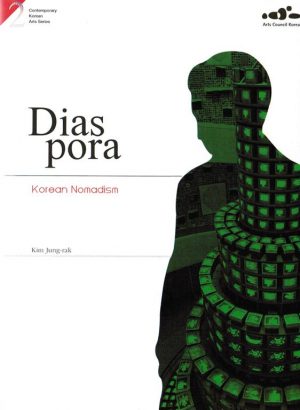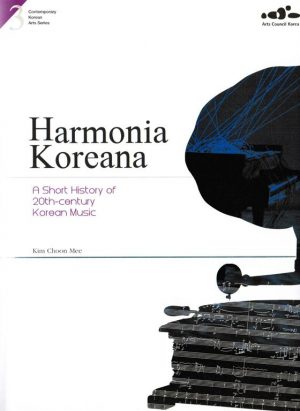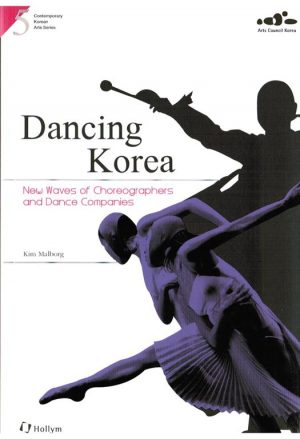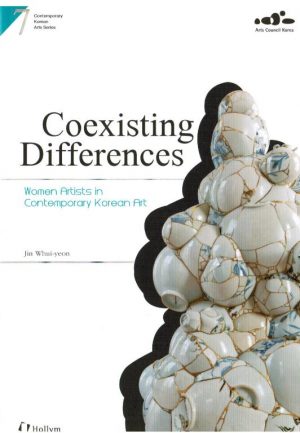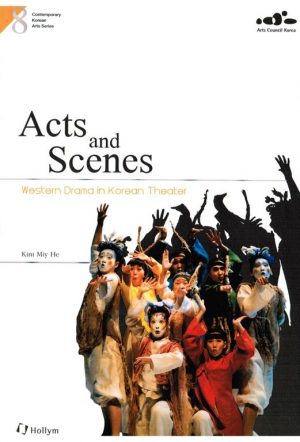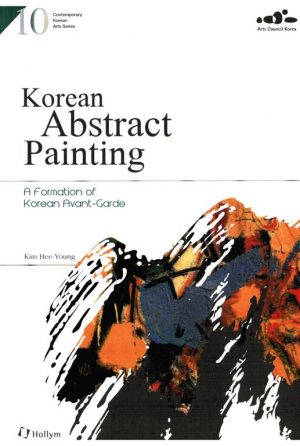K-POP
$19.50
How it became a global craze.
K-pop, referring to pop and dance music performed by idol groups mainly targeted at teens, has been expanding in popularity beyond Asia to Europe and South America. It was the 1990s when this school of music first appeared in Korea, but its emergence was not abrupt and its roots are sunk deep into decades of Korean popular music history. This book is designed to introduce to international audiences interested in Korean music how the modern form of Korean pop music began and evolved. Understanding the history of Korean pop music, which has shifted and progressed in the currents of social transformation, means figuring out just how Korean society has been transfigured. This book is mainly divided into two sections. The first deals with the developments in Korean pop music from Japanese rule up to the early 1990s. Exploring this period, which falls into a prehistory of K-pop, will serve as an opportunity for understanding the historical context surrounding K-pop. The second section illustrates the processes of formation to K-pop throughout the 1990s and the stages in its development into its current form as a globalized cultural element. The main focuses of the second portion include K-pop’s representative idol groups, the social circumstances that yielded K-pop, and its production system. Gaining a thorough grasp of the K-pop fever around the world requires a more multi-dimensional perspective that encompasses its historical context and structural conditions. In this sense, this book will prove useful to those who desire to learn about K-pop and Korean popular culture, and further about Korean society.
Preface
01 K-POP, or Korean Popular Music
02 Korean Popular Music Preceding K-POP: Late 1920s to Early 1990s
• The Formative Period of Korean Popular Music:
From the Japanese Occupation through the 1950s
• Popular Music in the 1960s
• Popular Music in the 1970s
• Popular Music in the 1980s
• Popular Music in the 1990s
03 Korean Popular Music in the Era of K-POP: After the Late 1990s
• The Landscape of Pop Music in the Era of Digitalization and Globalization
• First Generation Idols in the Late 1990s and the Early 2000s
• Second Generation Idols after the Mid-2000s
• Idol Groups and Sexuality
• The Musicality of K-POP and the Influence of Hip-hop and R&B
• K-POP and Hallyu
04 Summary and Conclusion
• The Roots of K-POP: The History of Korean Popular Music
• Korean Popular Music in the Era of K-POP and Its Future
Notes
Bibliography
Index
Arts Council Korea (ARKO)
ARKO is a state funded non-profit organization. The main aim of the Council is to make the arts more central to the lives of the Korean citizens by supporting arts organizations and artists in and abroad through grant-giving services and programs.
Contemporary Korean Arts Series:
-
-
-
Harmonia Koreana
A Short History of 20th-century Korean Music (Contemporary Korean Arts Series #3)$19.50 Add to cart -
City as Art
100 Notable Works of Architecture in Seoul (Contemporary Korean Arts Series #4)$19.50 Add to cart -
Dancing Korea
New Waves of Choreographers and Dance Companies (Contemporary Korean Arts Series #5)$19.50 Add to cart -
Coexisting Differences
Women Artists in Contemporary Korean Art (Contemporary Korean Arts Series #7)$19.50 Add to cart -
Acts and Scenes
Western Drama in Korean Theater (Contemporary Korean Arts Series #8)$19.50 Add to cart -
Choreographers in Motion
Retrospective and Perspectives (Contemporary Korean Arts Series #9)$19.50 Add to cart -
Korean Abstract Painting
A Formation of Korean Avant-Garde (Contemporary Korean Arts Series #10)$19.50 Add to cart

